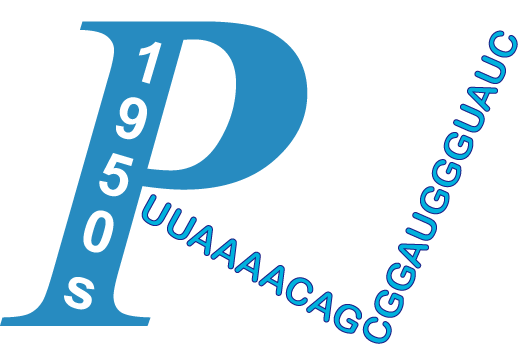| Title | Cardiovascular differences between sham and active iTBS related to treatment response in MDD. | ||
| Author | Iseger, Tabitha A; Arns, Martijn; Downar, Jonathan; Blumberger, Daniel M; Daskalakis, Zafiris J; Vila-Rodriguez, Fidel | ||
| Journal | Brain Stimul | Publication Year/Month | 2020-Jan-Feb |
| PMID | 31629693 | PMCID | -N/A- |
| Affiliation + expend | 1.Research Institute Brainclinics, Nijmegen, the Netherlands; Dept. of Experimental Psychology, Utrecht University, Utrecht, the Netherlands. | ||
BACKGROUND: Heart rate in MDD is often dysregulated, expressed in overall higher heart rates (HR) and lower heart rate variability (HRV). Interestingly, HR decelerations have been reported after stimulation of the DLPFC using rTMS, suggesting connectivity between the DLPFC and the heart. Recently, a new form of rTMS called theta burst stimulation (TBS) has been developed. One form of TBS, intermittent TBS (iTBS), delivers 600 pulses in just 3鈥痬in. OBJECTIVE: To determine whether iTBS aimed at the DLPFC also affects HR, blood pressure and HRV, and whether these cardiac responses at baseline are associated with treatment response. METHODS: ECG and blood pressure were recorded during both sham and active iTBS in 15 MDD patients, over 30 sessions. RESULTS: We found a significantly larger HR deceleration for active iTBS, compared to sham, within the first minute of stimulation. Also, a trend towards an association between HR deceleration and treatment response was found, explaining 26% of the variance. Furthermore, several measures of heart rate variability were significantly higher during iTBS stimulation over sessions, compared to sham. Both systolic and diastolic blood pressure, were lower during active iTBS. CONCLUSION: Active iTBS applied to the DLPFC is able to transsynaptically modulate the autonomic nervous system, in particular the parasympathetic branch, similar to what has been found for conventional rTMS methods. Furthermore, data suggest that the larger the autonomic changes induced at baseline, the better the clinical response after 30 sessions of iTBS.
